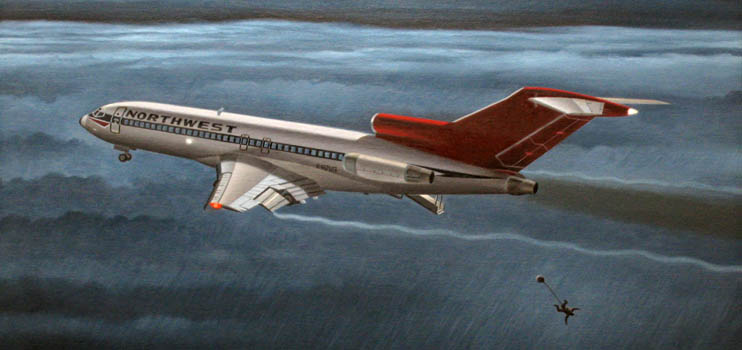On the 24th of November 1971, the eve of Thanksgiving, a nondescript man calling himself Dan Cooper (D.B. Cooper) hijacked Northwest Orient Airlines Flight 305 and asked for ransom and parachutes. After securing US$200,000 and four parachutes on a stopover in Seattle, he jumped from the Boeing 727 over Washington, embarking on a journey that would forever mystify investigators.
Flight Details
The Boeing 727-100, with registration N467US, was operating Flight 305 from Portland, Oregon, to Seattle, Washington with 37 passengers and six crew members on board. Among the passengers was an unidentified man who would later become infamous as D.B. Cooper.
Flight 305 was known for being one of the shortest domestic journeys in the United States. Under normal conditions, the flight would only take around half an hour.
Remarkably, in 1971, there were no security or identity checks for domestic flights. Passengers could simply board an aircraft carrying a gun, bomb, or other weapons. Without being screened, you could just board a flight, as Dan Cooper did on this particular flight.
Dan Cooper boarded the flight bound for Seattle carrying a briefcase with a bomb in it. He disguised himself as a typical businessman in his mid-40s and was wearing mirrored sunglasses.
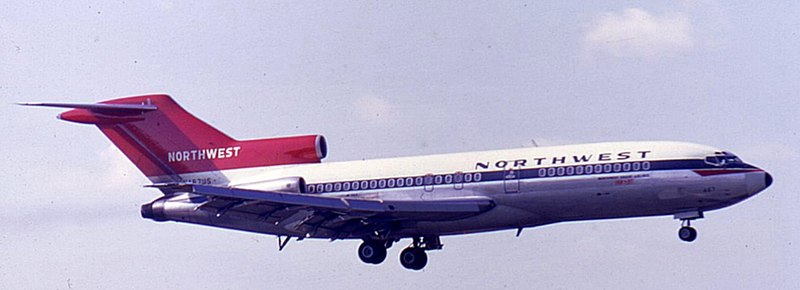
Shortly after takeoff from Portland at 2:50 pm PST, Cooper handed a note to flight attendant Florence Schaffner. Initially thinking it was a phone number, she put it in her purse without reading it. However, Cooper leaned toward her and whispered, “Miss, you’d better look at that note. I have a bomb.”
Schaffner quickly opened the note, which revealed his demand for her to sit next to him due to the bomb in his briefcase. The note read, “Miss – I have a bomb in my briefcase and want you to sit by me.”
The flight attendant complied with Cooper’s request and informed the captain of the situation. Cooper showed her what appeared to be a bomb in his briefcase, consisting of red cylinders, wires, and a battery. After closing the briefcase, the hijacker told Schaffner his demands. She took note of his demands, brought them to the cockpit, and informed the flight crew of the situation. Aware of the situation, Captain William A. Scott directed Schaffner to stay in the cockpit and take notes while Tina Mucklow, another flight attendant, acted as a liaison with Cooper.
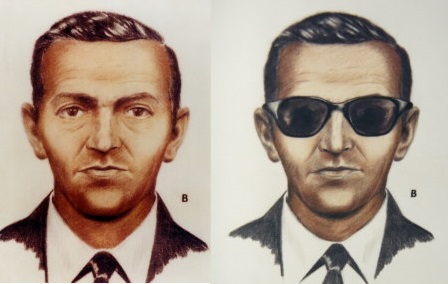
Cooper made further demands, including money, parachutes, and fuel trucks upon landing in Seattle. He continued to make his demands, requesting a negotiable US$200,000 in a knapsack and four parachutes, two front parachutes, and two back parachutes. Captain Scott alerted air traffic control and contacted the authorities.
Realizing the gravity of the situation, Northwest Orient’s President agreed to Cooper’s demands. The Federal Bureau of Investigation (FBI) agents contacted banks in Seattle, which provided the money with pre-recorded serial numbers. Cooper adamantly refused to allow the plane to land until his demands were met. For approximately two hours, the flight circled Puget Sound to provide time for the ransom and parachutes to be gathered. The passengers were told about a mechanical issue causing the delay.
During the flight, Mucklow remained by Cooper’s side, who seemed familiar with the local area. He explained that his choice of Northwest Airlines was not personal but based on convenience. He offered her a cigarette and briefly interacted with another passenger. The FBI gathered the ransom money from various banks and obtained civilian parachutes as per Cooper’s demands.
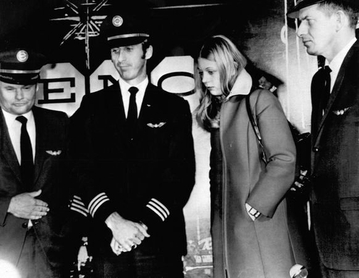
Landing in Seattle
At approximately 5:24 pm PST, Captain Scott was informed that the ransom and parachutes had arrived at the airport, and he relayed this message to Cooper, indicating that they would be landing soon. At 5:46 pm PST, Flight 305 touched down at Seattle-Tacoma Airport.
Cooper requested the aircraft be parked on a dimly lit runway away from the main terminal. He allowed only one airline representative, Al Lee, to approach with the parachutes and money. Lee changed into civilian clothes to avoid being mistaken for a law enforcement officer.
With the passengers remaining seated, a mobile staircase was attached to the aircraft. Flight attendant Mucklow exited through the front door to retrieve the ransom money and returned it to Cooper. Cooper inspected the money while Mucklow made three trips outside the plane to retrieve the parachutes.
After the passengers safely disembarked, only Cooper and the six crew members remained on board. Schaffner then asked Cooper if she could retrieve her purse from behind his seat, to which he agreed. Flight attendants Alice Hancock and Schaffner then left the plane.
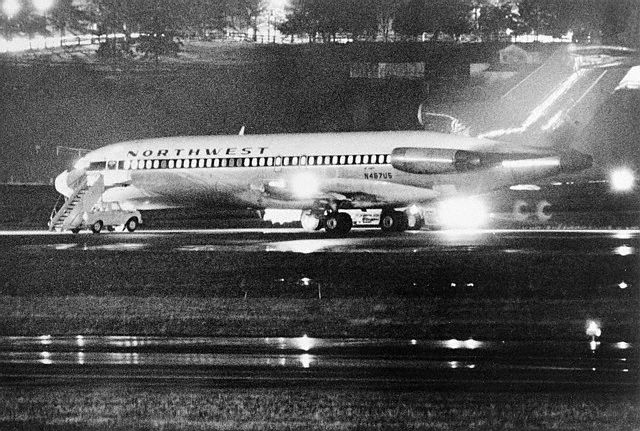
Mucklow gave Cooper printed instructions for using the parachutes, but he said he didn’t need them. Refueling the aircraft encountered some delays to which Cooper expressed frustration. He improvised a way to transport the money by cutting the canopy from one of the reserve parachutes and placing the cash in the parachute bag. Cooper refused a face-to-face meeting with an FAA official and became impatient, urging the crew to get the show on the road.
Cooper provided the flight plan and directives to the cockpit crew, specifying a southeast course towards Mexico City at a slow airspeed and low altitude. He instructed that the landing gear remain deployed, the wing flaps be lowered, and the cabin be depressurized. The crew informed Cooper that a refuelling stop in Nevada would be necessary before reaching Mexico.
The hijacker also ordered the aircraft to take off with the rear exit door open and the airstair extended.
Northwest’s home office objected that this was unsafe. Cooper countered saying, “It can be done, do it,” but did not argue the point and said he would lower the staircase once they were airborne. He requested Mucklow to remain on board to assist him.
Departure from Seattle
At around 7:40 pm PST, Flight 305 took off from Seattle with Cooper, Mucklow, Captain Scott, First Officer Rataczak, and Flight Engineer Anderson on board. Soon after, two F-106 fighters and a T-33 trainer followed the aircraft at a safe distance. All three jets maintained “S” flight patterns to stay behind the Boeing 727 and out of Cooper’s view.
Shortly after takeoff, Cooper instructed Mucklow to lower the aft staircase, but she expressed fear of being sucked out and asked for a safety line. Cooper declined and ordered her to go to the cockpit, closing the curtain partition behind her. Before leaving, Mucklow pleaded with Cooper to take the bomb with him, to which he responded he would either disarm it or take it.
As the flight attendant walked to the cockpit and turned to close the curtain partition, she saw him tying the money bag around his waist. Mucklow remained in the cockpit for the rest of the flight, becoming the last person to see Cooper.
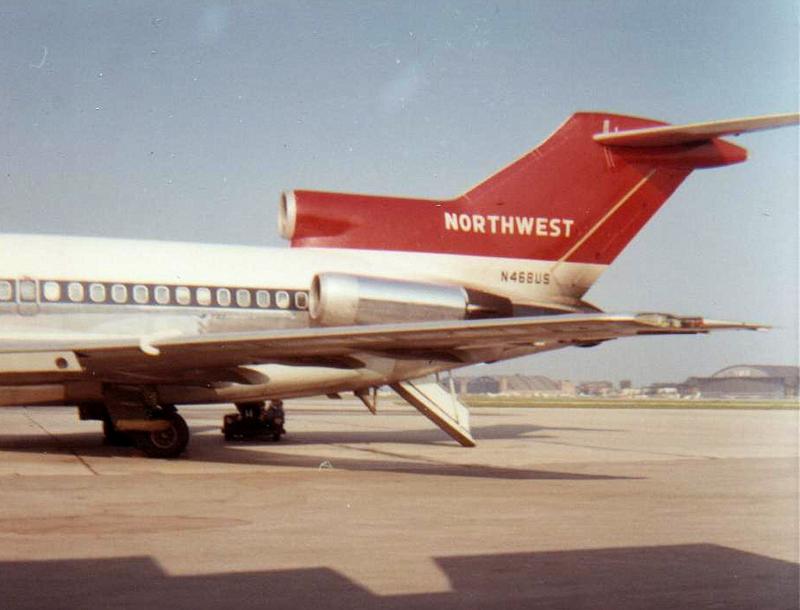
Around 8:00 pm, a cockpit warning indicated that the aft staircase had been deployed. The crew tried to assist but Cooper’s last message was a one-word reply: “No.” The aircraft experienced an abrupt upward pitch near the Portland suburbs at around 8:13 pm. With the staircase open, the flight crew remained in the cockpit.
At approximately 11:02 pm, Flight 305 landed at Reno–Tahoe International Airport in Nevada. Law enforcement established a perimeter around the aircraft but did not approach, suspecting the hijacker and bomb might still be on board. Captain Scott searched the cabin and confirmed Cooper’s absence. After a thorough search, the FBI bomb squad declared the cabin safe.
Investigation
The FBI initiated a massive search after the aircraft landed safely in Reno, Nevada, but the man was never found.
FBI agents found Cooper’s fingerprints, tie, tie clip, and two of the parachutes. Eyewitnesses were interviewed, and composite sketches were created. Local police and the FBI questioned suspects, including a man with the name D. B. Cooper who was mistakenly linked to the hijacking. The pseudonym “D. B. Cooper” was stuck due to a reporting error.
Search efforts were made along the flight path, but no evidence of Cooper or his equipment was found. The FBI used an SR-71 Blackbird to retrace the flight path, but visibility was poor. Experimental recreations indicated the drop zone was likely near Mount St. Helens or the Washougal River area. Ground and aerial searches yielded no significant evidence.
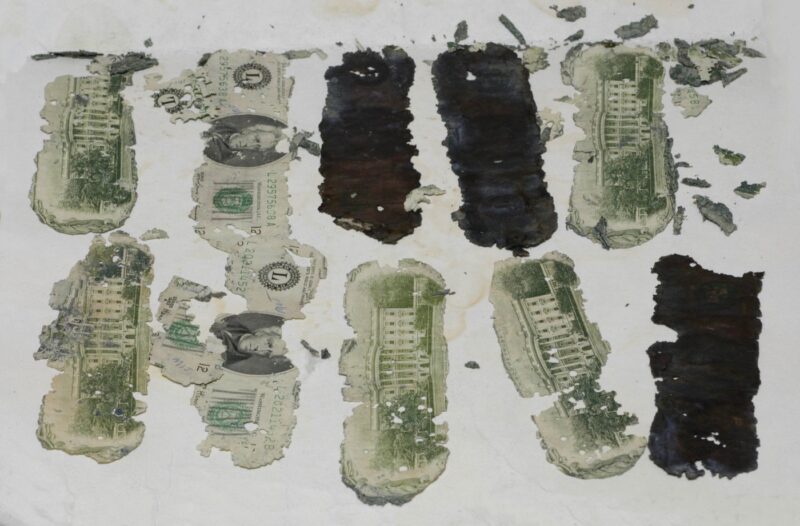
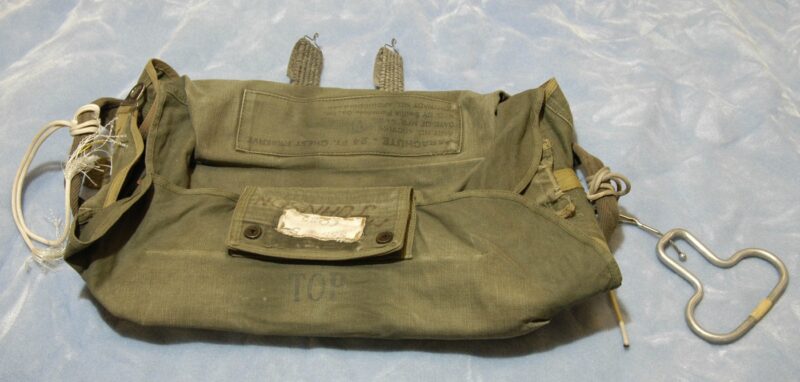
The FBI distributed lists of the ransom serial numbers, offered rewards, and released the numbers to the public. Counterfeit bills were used in a scam, but no genuine ransom bills were found. In 1975, the airline’s insurer paid the ransom claim. Later analysis suggested the landing zone estimate was inaccurate, and the investigation focused on the Washougal area.
The FBI investigation into the D.B. Cooper hijacking is one of the longest and most exhaustive in history. Over the years, the FBI has interviewed thousands of people and followed up on hundreds of leads, but the case remains unsolved.
There are a few theories about what happened to D.B. Cooper. Some believe that he survived his jump and escaped into the woods. Others believe that he died during the jump or was killed by the impact of the landing. There is also a theory that Cooper was never real and that the hijacking was a hoax.
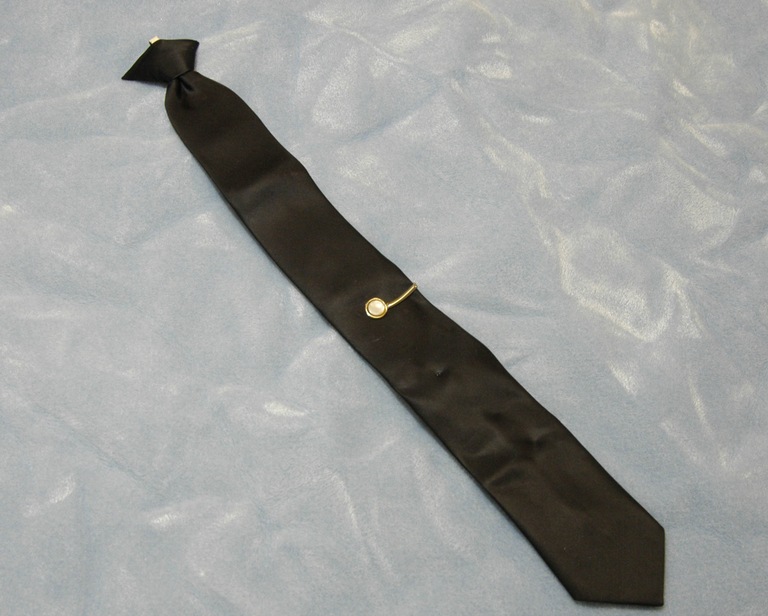
The D.B. Cooper hijacking is one of the most fascinating mysteries in American history. The case has captured the imagination of people around the world, and there are still people who believe that the mystery will one day be solved. However, the investigation was officially suspended in 2016, with the case remaining the only unsolved case of air piracy in commercial aviation history.
Aftermath
The D.B. Cooper hijacking had a significant impact on the airline industry. In the aftermath of the hijacking, airlines and regulators began to improve security.
In response to the hijacking, the Federal Aviation Administration (FAA) introduced new regulations for aircraft modifications to enhance security. One significant modification was the implementation of a spring-loaded device known as the “Cooper vane.” This device was installed on the exterior of all Boeing 727 aircraft and played a crucial role in preventing the lowering of the aft airstair during flight. This safety measure ensured that the door could not be opened mid-flight.
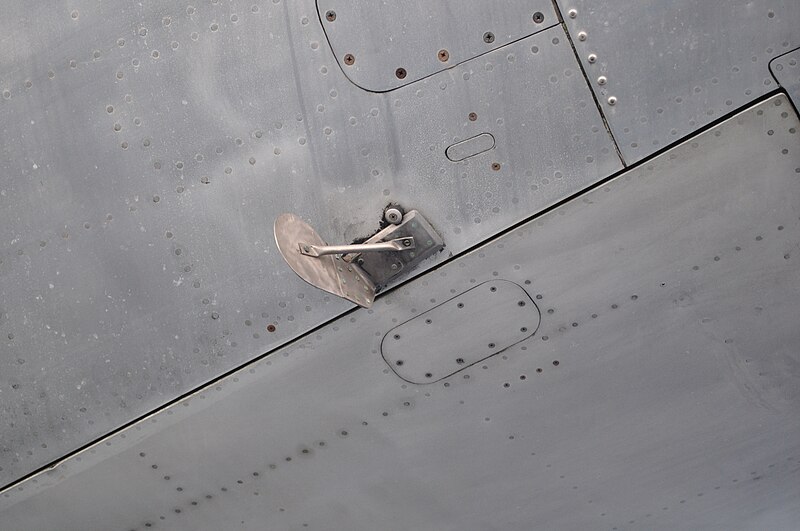
Additionally, the FAA mandated the installation of peepholes in cockpit doors. These small viewing windows allowed the cockpit crew to observe passengers without the need to open the door, providing an extra layer of security by enabling visual monitoring of the cabin. Peepholes were also mandated in cockpit doors for improved passenger observation
The hijacked Boeing 727-100 aircraft was later sold to Piedmont Airlines, then to Key Airlines, and eventually scrapped for parts in 1996. In an unrelated event, Earl J. Cossey, who packed the parachutes for Cooper, was found dead in 2013, ruled as a homicide with burglary as the likely motive. However, there is no known link between his death and the Cooper case.
The D.B. Cooper hijacking has been the subject of books, movies, and documentaries, and still people believe that the mystery will one day be solved.
Until then, the mystery of D.B. Cooper will continue to fascinate people around the world.


